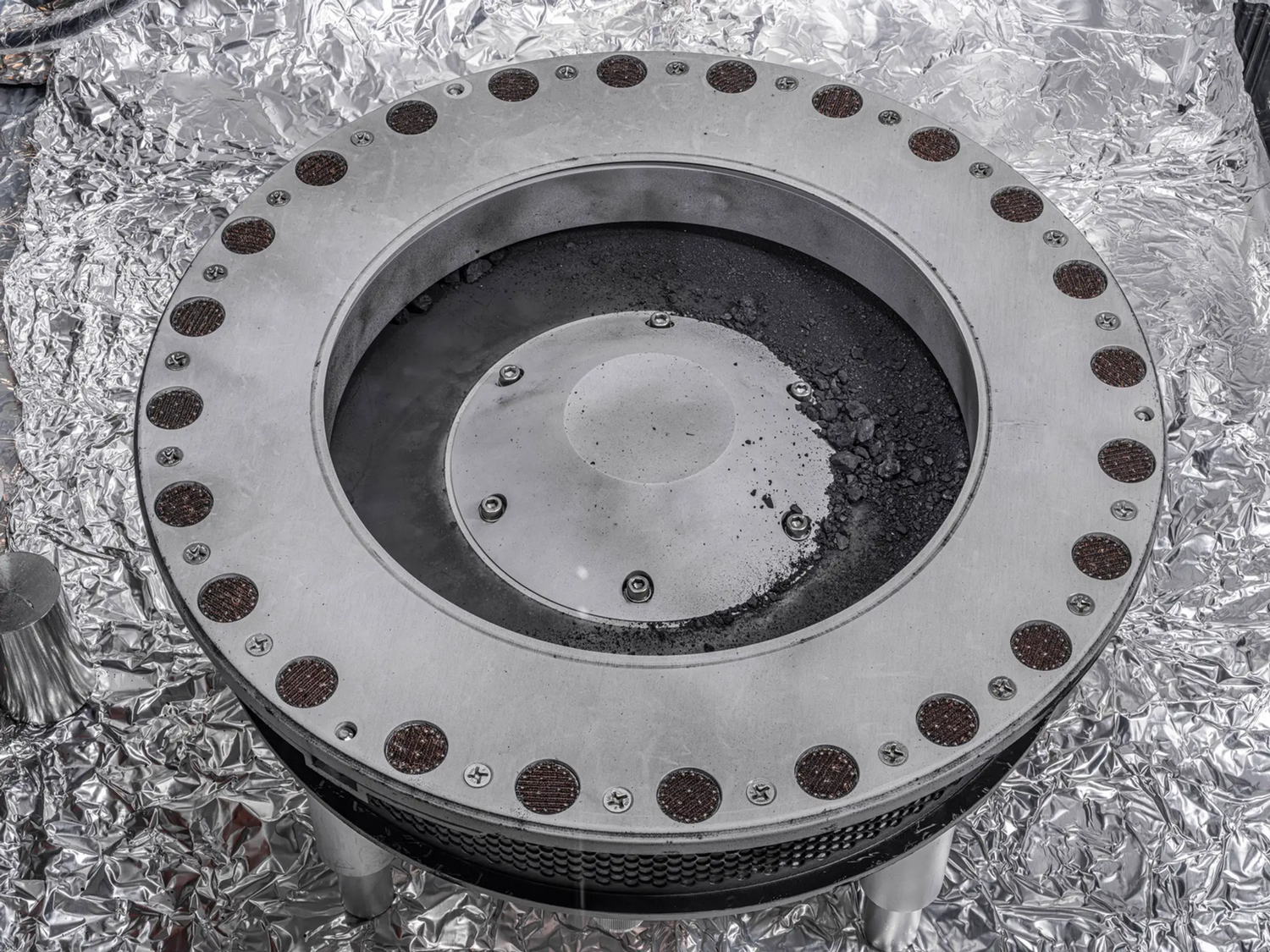COSAM News Articles 2023 November Auburn astrophysicist explains what 4.5-billion-year-old asteroid could contain
Auburn astrophysicist explains what 4.5-billion-year-old asteroid could contain
NASA announced that the sample it collected from asteroid Bennu contains both carbon and water, which could unlock the building blocks of life on Earth.
But how does this small sample hold the potential to determine such an immense question?
Dennis Bodewits, associate professor, in the Department of Physics helps explain what that sample contains.
“The building blocks are amino acids, lipids, and sugars,” said Bodewits. “The big question is how you can form those molecules and if they are readily available in space. In addition, on Earth many of these molecules are chiral - like your hands - and they all have a particular orientation. Chicken or egg question: is this caused by life? For that, you want to find those molecules in a lifeless setting, such as an asteroid.”
The sample was brought back to Earth and carefully prepared for research. So, why does it have to travel all the way back here?
“You can do a lot in space, but bringing a sample back to Earth allows you to use state of the art laboratories to investigate the chemistry of the sample,” Bodewits added. “You can look at the minerals and the isotopes of all the elements to study the physics and chemistry of the protoplanetary disk from which Earth formed.”
To learn more about this 4.5-billion-year-old asteroid, read NASA’s release.
Latest Headlines
-
02/12/2025
-
02/11/2025
-
02/10/2025
-
01/30/2025
-
12/03/2024


